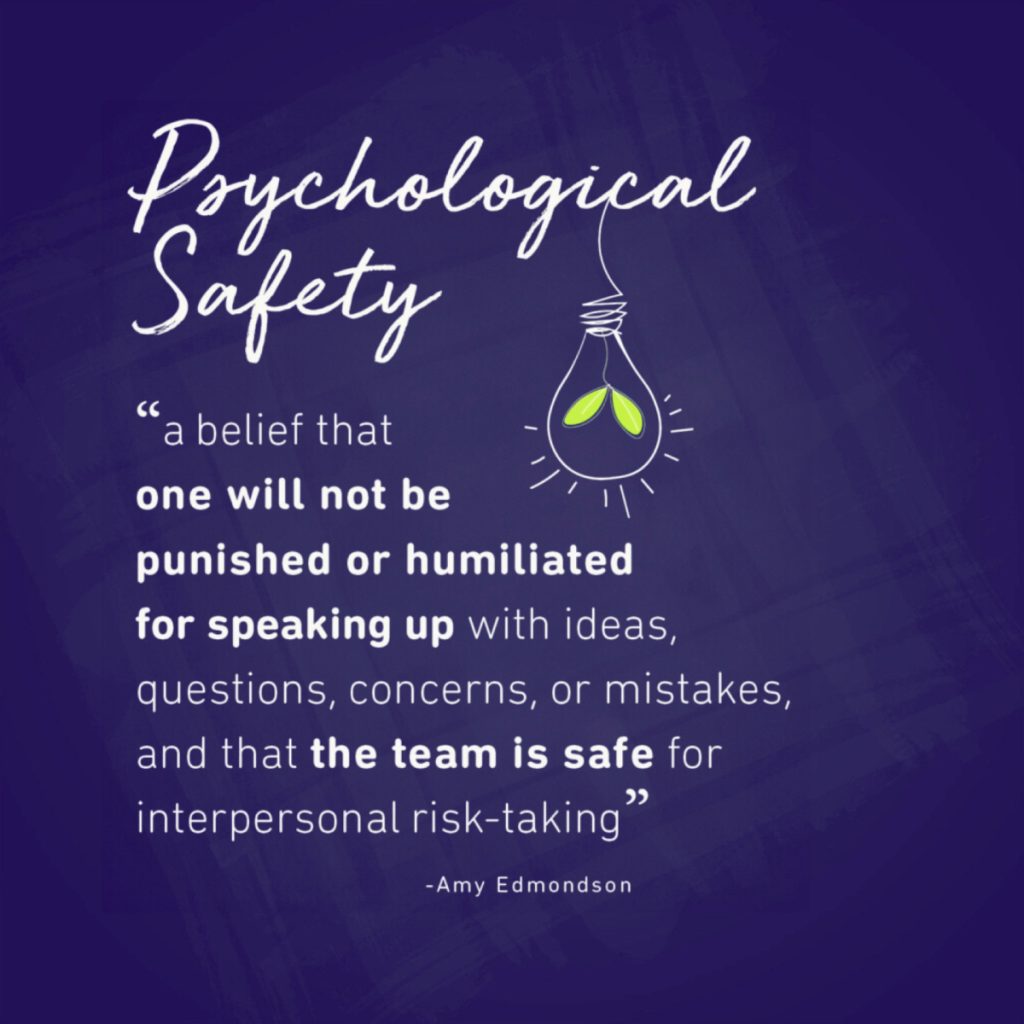We’re in a re-set season. Teams are coming back together after disruption (vacations), change (return to office orders), and uncertainty (layoffs). Leaders now face a choice: chase productivity as a numbers game—or lead through connection. The most savvy leaders will lean into connection in order to boost performance. The leaders who choose connection will discover it is not a “soft” skill. It is a strategic superpower.

Connection isn’t “soft.” It’s strategic.
For too long, organizations have dismissed skills like listening, compassion, and curiosity as “nice-to-have.” The truth is, they are not soft skills: they are essential leadership competencies. In fact, connection is the foundation of long-term performance. Leaders who master the art of connecting with their teams unlock trust, loyalty, and innovation.
Connection isn’t about being liked—it’s about being trusted. It’s not a detour from productivity—it’s the path to sustainable productivity.
Connection is more than simply asking, “What did you do this weekend?” and nodding along as your coworker tells you about their kid’s sports tournament or errands they ran. That kind of connection is performative and only surface level, like asking, “How are you?” and getting the typical, “Fine thanks, how are you?” We all know that’s a false response and yet we still do it.
True connection in the workplace (and your personal life, too) is about building a foundation of trust. We’ll dive more into that later.
Why Pursue Connection?
There’s a business case for leading through connection – both for you and your organization. There’s likely even physical health reasons for connection, too, but since we’re not in the medical field, we’ll simply focus on the business and psychological reasons.
- Social connection predicts long-term success. Studies consistently show that people with strong social bonds are more resilient, adaptable, and better able to thrive during times of change. You’ve heard people talk about having a strong network: it’s not just for your next job opportunity. There are so many intangible ways your network makes you stronger and more adaptable.
- Connected leaders create engaged, innovative teams. Engagement doesn’t happen by accident. It happens when employees feel their voices are heard, their ideas valued, and their leaders invested in their success. We clam up when we know there’s a power imbalance and it’s not safe to share your opinion. What transformational ideas are you missing out on because your team feels like worker bees instead of valued professionals?
- Loneliness is a workplace risk. Research on loneliness shows that disconnected employees are less productive, less creative, and more likely to leave. Disconnection quietly drains retention and performance, while connection recharges them. We even authored a report on the impacts of loneliness in the workplace!
In short: connection isn’t just good for morale—it’s good for the bottom line.

How to Connect with Your Team
Connection is not a single act—it’s a practice. It begins with psychological safety and grows stronger through everyday choices leaders make. Here’s how to build it:
Start With a Strong Foundation
Amy C. Edmondson, Harvard professor and leading voice on psychological safety, tells us: teams perform at their best when people feel safe to speak up, take risks, and be honest. She defines psychological safety as a belief that one will not be punished or humiliated for speaking up with ideas, questions, concerns, or mistakes. In other words, it’s connection turned into culture.
Leaders can’t innovate without it. When people don’t feel safe, they protect themselves instead of sharing insights. When people do feel safe, they experiment, speak honestly, and collaborate freely. That’s how teams win.
Think about all the innovations and changes made to society because someone felt safe to experiment or come up with a new idea and brought it to a manager they felt safe with and knew they could be vulnerable enough to admit, “Hey this didn’t go as planned, but I did learn __________. Do you think we can _______ instead?”
Now consider times that may have happened to one of your direct reports or teammates and instead of bringing it up, they thought, “No, she’ll be mad if she finds out I _________,” or, “They’d never let me try it this way,” or, “There could be more to this, but I don’t want to spend more time with this team than I have to.”
If you build a strong foundation of psychological safety, your team will have the empowerment they need to drive productivity through their own creativity. It’s your job to build those connections.

How to Lead Through Connection
Here’s where connection stops being abstract and becomes daily practice. Four moves, repeated consistently, create safety and trust:
1. Ask & Get Curious
Curiosity is leadership’s secret weapon. Instead of rushing to solutions, ask: “What am I missing?” or “What would make this work better for you?” Curiosity signals respect—and surfaces insights you’d never uncover alone.
2. Listen. Really Listen.
Listening isn’t waiting to talk. It’s giving undivided attention, withholding judgment, and showing you value the speaker’s input. As Edmondson notes, innovation thrives when people believe their voices matter.
3. Show Compassion
Compassion isn’t lowering the bar. It’s recognizing context and supporting people while holding high standards. Asking, “What support do you need to succeed?” creates a culture where accountability and humanity coexist.
4. Respond to Build Trust
Your response determines whether someone speaks up again. Defensive reactions shut people down. Transparent, thoughtful responses invite them back in. Even “I don’t know, but I’ll find out” builds credibility.
If it’s time to do a re-set, productivity alone won’t win. Connection will. Leaders who lean into curiosity, listening, compassion, and trust will not only bring their teams back together—they’ll build teams that are stronger, more resilient, and more innovative than before.
Because at the end of the day, connection isn’t a soft skill. It’s a leader’s superpower.
Ready to Connect?
Curious how coaching or Human Connected Leadership training can strengthen your leadership? Let’s connect!
At Stratavize, we help organizations activate this kind of culture shift—across all levels of leadership. It’s our observation that real transformation always begins inside. Let’s work together to transform your organization
Want to explore some resources on your own? View our self-assessments here.
